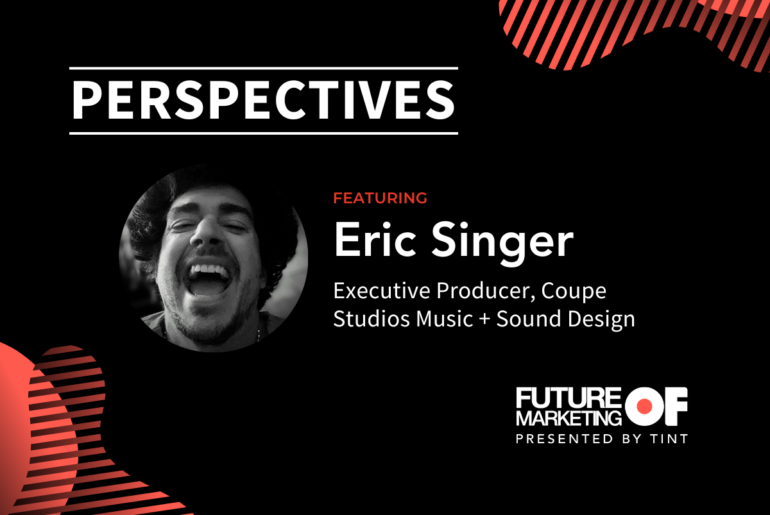Garrett Heath is a social media and content marketing consultant and founder of MarketingBytes.io.
A twist on the traditional celebrity endorsement, influencer marketing is one digital marketing tactic that agencies and marketers should consider. But creating an influencer strategy is easier said than done—a lot of effort should go into identifying, contacting and selecting influencers that are most appropriate for your brand. Below are four considerations you should keep in mind when you approach social media influencers.
1. Don’t Overlook Influencers with Smaller Reach
The first thing that comes to mind when you say the word “influencer” is a social media star with millions of followers. And while it might be nice to find a way to reach that large an audience, partnering with someone of that caliber could cost quite a bit. But that doesn’t mean that you have to shelve your influencer marketing plan.
Partnering with micro-influencers (social media accounts with less than 100,000 followers) and nano-influencers (less than 10,000 followers) is one way to do influencer marketing on a budget. Typically the rates for working with these social media influencers tend to be quite affordable (more on this later) and the authenticity that brands can derive from these smaller influencers can make them attractive.
As Sapna Maheshwari reports for The New York Times reports in her piece Are You Ready for the Nanoinfluencers?, “Their lack of fame is one of the qualities that make them approachable. When they recommend a shampoo or a lotion or a furniture brand on Instagram, their word seems as genuine as advice from a friend.”
Obviously, there’s a lot more elbow grease to source, content and coordinate with a multitude of lower-tier influencers. However, this hard work could pay dividends in not only being able to connect with very niche markets or specific geographies, but also keeping you from staking your entire influencer strategy on a single person.
2. Most Influencers Have Rate Sheets
While influencers may have promoted products for free in the past, today we’re facing a different world. Most marketers expect influencers with 100,000 or more followers to charge a fee. However, influencers with as few as 10,000 often seek payment for promoting a brand.
To avoid looking uncouth, you should always ask a social media influencer for a rate sheet if they have at least a five-figure follower count. Doing this will help your brand in two key ways.
First, it will minimize your email exchanges, saving you time and effort and preventing you from damaging a potential relationship. It also gives the influencer the opportunity to inform you of their prices instead of you having to guess what they are.
“Companies shouldn’t offer an influencer with 50,000 followers and one with 5,000 followers the same amount,” offers Amanda Spencer known as @s.a.foodie on Instagram and an influencer who has worked with a number of national brands. “Companies should see the value in each individual social media influencer and the ability to connect to their network.”
Additionally, asking for the rate sheet proves to the social media influencer that you value the work they do. These men and women are constantly approached by brands looking to get free promotion and simply inquiring about the prices is going to bump you up to the top of the list.
While the fees can vary in amount, they are often quite affordable for many brands. This is especially true when considering that not only are you tapping into the influencers reach, but also getting unique brand assets created by a person who knows what works on social media.
“What I do actually takes a lot of time,” Spencer says. “I work with restaurants and national brands, take pictures and shoot video. Then I have to go home and edit the content. This takes hours of time to get to the high-quality work that I produce. On top of that, you get your branded content sent out to my 98,000 Instagram followers and 18,000 Facebook followers.”
One final tip: if the influencer lists an email address on their social profile or blog for brands to contact them for collaborations, that person most likely charges a fee for promotional posts. Requesting a rate sheet right off the bat in this situation demonstrates that you’re ready to do business with them.
3. If You Ask for Free Promotion, Make Sure There Are No Strings Attached
Yes, it is true that there are plenty of influencers who are interested in helping promote your brand for free. Most of the time this will be the nano-influencers, social accounts with less than 10,000 followers. And whether they have a small or large network, if you’re asking someone to attend your event or review your product, there’s one golden rule to follow: make sure there are no strings attached.
This may sound counterintuitive to a marketer or agency—after all, if you’re giving something away to an influencer, shouldn’t you have the right to mandate they post to their social media accounts? The short answer is no.
These people are constantly approached to use products or attend an event. Requiring a set number of social media posts is not only bush-league but also risky, in that you may turn your would-be influencer into a detractor.
Instead, focus on creating an amazing experience for the influencer, such that there is absolutely no way that they can avoid posting about it. When sending a product, package it so that it invites the influencer to share an “unboxing” video to their platforms. Assemble it in a photo-ready package, share a story about your product and include relevant hashtags that they can use.
If you’re inviting them to an event, make sure that your influencers get the primo treatment. This could include things like valet parking, a way to quickly get into the event, a special section, the opportunity to meet a bona fide celebrity and of course amazing food and drinks.
As a somewhat niche nano-influencer myself here in San Antonio, there are just some events that go over the top, and I can’t help but post about—even if it is for free. Two that come to mind are the popular River Walk parade, when I was seated in a special section and served potent drinks courtesy of the Hyatt Regency, and an event recently where one of my writers got to drink Código tequila with famed musician George Strait.
4. Put a Paid Media Budget Behind Your Influencer Marketing
As I’ve detailed before in a post that busts the top social media myths, the reach of organic social media posts (updates without any dollars paid to boost them) is declining dramatically. Granted, the decline is seen more with brands, but social media influencers are also seeing a decline in organic reach—with the exception of Instagram, where they are still getting a decent number of organic impressions.
Furthermore, FTC guidelines requires social media influencers to disclose any work with a brand when the influencer is paid. These posts are often accompanied with the hashtags of #ad or #sponsored, tipping off a social platform’s algorithm that a brand is behind the post.
Consequently, brands should strongly consider putting some dollars behind these influencers’ posts. Doing so will ensure that those posts have a greater reach—a boon not only to your brand but also to the influencer. By putting paid promotion behind their posts, you will most likely drive new followers to their account.
No One Way to Approach Social Media Influencers
One thing should be mentioned in closing—these are all guideposts and best practices. There’s no “one right way” to approach social media influencers. Create relationships with individuals who seem like the right fit for your business; as you work with them, you’ll come to learn their preferences and quirks. These four guidelines, though, should help you get your social influencer program off to a good start.





